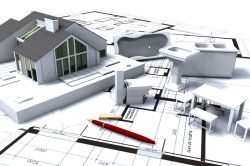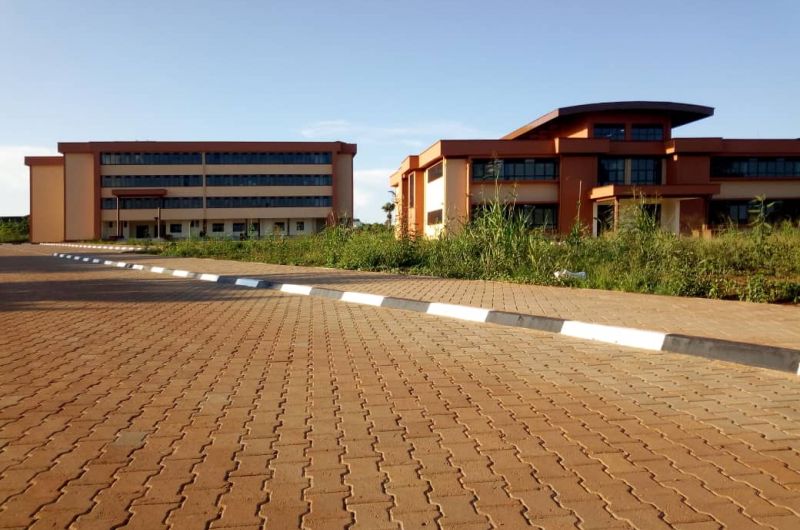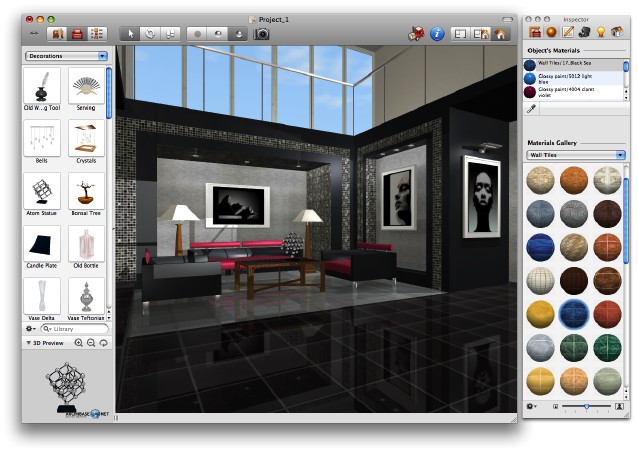Breaking News
- Flexible Remote Work Opportunity for University Students: Earn $100–$250 Per Month ...Read More
- Ministry of Education and Sports Azerbaijan Government Scholarships For 2025-2026 Academic Year ...Read More
- Government Sponsorship Undergraduate Admission Lists 2025-26 for Makerere University ...Read More
- Ministry of Education And Sports: Egyptian Government Scholarships 2025-2026 Academic Year ...Read More
- Ground Breaker Full Scholarship for girls to study Software Engineering 2025 July Intake ...Read More
- Tony Elumelu Foundation Entrepreneurship Programme (TEEP) 2025 for young African Entrepreneurs ...Read More
- DESIGNING FUTURES 2050 International Design Competition 2025 (€15,000 prize) ...Read More
- Ground Breaker Full time Scholarship for girls to study Software Engineering 2025 Intake ...Read More
- Ministry of Education And Sports Algerian Vocational Training Scholarships for 2024-2025 AY ...Read More
- Ministry of Education and Sports Advert for the Algerian Government Scholarships for 2024-2025 ...Read More
Interior Designer
Plan, design, and furnish interiors of residential, commercial, or industrial buildings. Formulate design which is practical, aesthetic, and conducive to intended purposes, such as raising productivity, selling.
Add to FavouritesPlan, design, and furnish interiors of residential, commercial, or industrial buildings. Formulate design which is practical, aesthetic, and conducive to intended purposes, such as raising productivity, selling
Interior designers typically do the following:
1. Search for and bid on new projects
2. Determine the client's goals and requirements of the project
3. Consider how the space will be used and how people will move through the space
4. Sketch preliminary design plans, including electrical layouts
5. Specify materials and furnishings, such as lighting, furniture, wall finishes, flooring, and plumbing fixtures
6. Prepare final plans, using computer applications
7. Create a timeline for the interior design project and estimate project costs
8. Place orders for materials and oversee installing the design elements
9. Visit after the project to ensure that the client is satisfied
Interior designers work closely with architects, structural engineers, mechanical engineers, and builders, to determine how interior spaces will function, look, and be furnished. Interior designers read blueprints and must be aware of building codes and inspection regulations.
Although some sketches or drawings may be freehand, most interior designers use computer-aided design (CAD) software for the majority of their drawings.
Many designers specialize in a particular type of building (home, hospital, or hotel), a specific room (bathroom or kitchen), or a specific style. Some designers work for home furnishings stores, providing design services to help customers choose materials and furnishings.
Some interior designers produce designs, plans, and drawings for construction and installation. This may include floor plans, electrical layouts, and plans needed for building permits. Interior designers may draft the preliminary design into documents that could be as simple as sketches or as inclusive as construction documents, with schedules and attachments.
Types of Interior Designers
Sustainable designers use strategies to improve energy and water efficiencies and indoor air quality, and they specify environmentally preferable products, such as bamboo and cork for floors. They may obtain certification in Leadership in Energy and Environmental Design (LEED) from the U.S. Green Building Council. Such certification indicates that a building and its interior space was designed with the use of sustainable concepts.
Universal designers renovate spaces, to make them more accessible. Often, these designs are used to renovate spaces for elderly people and people with special needs; however, universal designs can benefit anyone. For example, an entry without steps may be necessary for someone in a wheelchair, but it is also helpful for someone pushing a baby stroller.
Kitchen and bath designers specialize in kitchens and bathrooms and have expert knowledge of the variety of cabinets, fixtures, appliances, plumbing, and electrical solutions for these rooms.
Lighting designers focus on the effect of lighting for home, office, and public spaces. For example, lighting designers may work on stage productions, in gallery and museum spaces, and in healthcare facilities, to find appropriate light fixtures and lighting effects for each space.
Important Qualities
Artistic ability. Interior designers use their sense of style, to develop designs that look great and are aesthetically pleasing.
Creativity. Interior designers need to be imaginative in selecting furnishings and fabrics and in creating spaces that serve the client's needs and fit the client's lifestyle.
Detail oriented. Interior designers need to be precise in measuring interior spaces and making drawings, so that furniture and furnishings will fit correctly and create the appropriate environment.
Interpersonal skills. Interior designers need to be able to communicate effectively with clients and others. Much of their time is spent soliciting new clients and new work and collaborating with other designers, engineers, and general building contractors on ongoing projects.
Problem-solving skills. Interior designers must address challenges, such as construction delays and the high cost or sudden unavailability of selected materials, while keeping the project on time and within budget.
Visualization. Interior designers need a strong sense of proportion and visual awareness, to understand how pieces of a design will fit together to create the intended interior environment.







































































































































